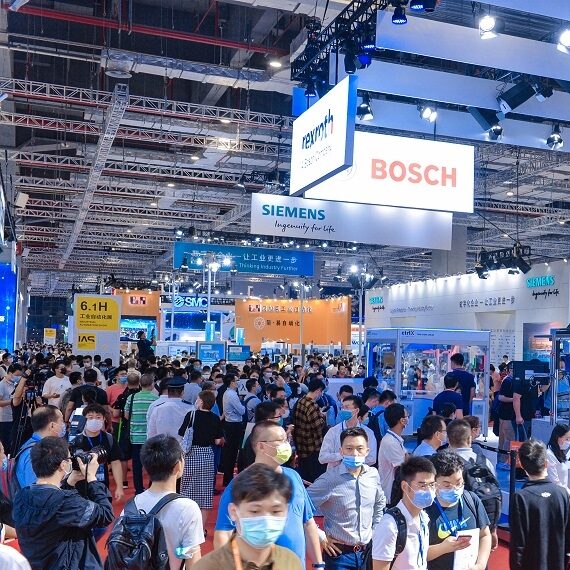By Dave Chu
State of EV in China
Government support and substantial investment in new energy vehicles have accelerated the expansion of China’s EV market. China’s innovations in battery technology and supply chain management have also provided a competitive advantage for its EV industry. However, the market still faces a number of challenges, including inadequate charging infrastructure and consumer concerns about EV performance. These issues are likely to be addressed over time as the market matures and technology improves.
EV Market Drivers
According to Bloomberg reports, the peak of gasoline demand is arrive this year, where the clean energy reliance starting to rise. This was driven by 2 major factors:
- Global trend on moving towards sustainability while cutting of the past strong tied in fossil fuel
- Market demand of EV and supply from manufacturers accordingly to reflect on the market scene
This translates into a significant growth in EV market size while established players continues to dominant and new comers are also capturing the market aggressively. With the highest YoY coming to 180%+. Without a doubt the leading force behind this market drive remains from BYD, having a total 188K units sold in 2023 thus far. Sustaining a leading 36.3% market share while driven by 63.5% YoY growth with no sign of slowing down.
From Price-cutting to Quality Enhancement
With the trend of disrupting the market done in the Chinese way that we’ve seen from smart phone market before. Once the demand is there to meet, the product strategy shifts from cutting prices to pumping up the quality of the product. This is the very trend China’s own EV brands are following now. From the main players BYD’s Ocean series targeting tier 2-3 cities in China aggressively with high value EV models to Geely’s acquisitions of Volvo boosting it’s production quality and bringing the hundreds of years of European automotive built experience and excellency into their EV line up.
We’re also seeing a higher adoption of domestic EV brands. A 34.4% of total vehicle sold in 1H 23’ are from China’s own EV brands.
Automotive Semiconductor Chips
Another key factor that’s effecting Taiwan the most for the coming stage of EV competitiveness is our fundamental presence in key components—The brain. An imminent globalization of key semiconductor export had increased significantly up to Oct 2023 with expansion into the world on new R&D center and manufacturing plants.
Supply Chain Desinicization
Another key factors that have major influences in China’s EV market is the decentralizing supply chain after the Trade War. Manufacturers are now prioritizing security over economy, starting to chipping off one tie over the other to decrease their reliance on China of every stage of the supply chain.
This comes with increased operational and energy cost. Also manufacturers are now facing their hardest challenge yet, to generate growth while retain resiliency.
The comparing truth aren’t as optimistic for Chinese export on EV. EU had initiated a full on investigation in imports of China made electrical vehicle which had been view as a potential weak point for german auto-manufacturers for China’s retaliation. This also had caused a halt on several production plant located in China.
Manufacturers begin to turn their focus on providing the highest quality vehicle with every dime they put into production. Meaning there’s no waste in production line and the method of production process will be held up to the highest standard. We’re also seeing an increasing trend of implementing AI vision technology into monitoring and safeguarding critical work stations ensuring a smooth production with highest quality produced and lowest PPM.
While the influence of geo-political policy had put a dent into the dominance in China’s position in world’s leading in manufacturing.
The demand on automotive and auto parts had been riding the tide of EV and pushing the export of automotive to a whopping 4 folds since 2019. Challenging Mexico’s leading position.
Future Competition
In summary, the coming year it is to see an expected 30% penetration rate in EV adoption in most major European country.
While in domestic market Chinese brands, first time in history, will be obtaining over half of the market.
A similar trend had also happened to mobile device market in the past decade. In the end a more decentralized supply chain of EV manufacturing are inevitable.





